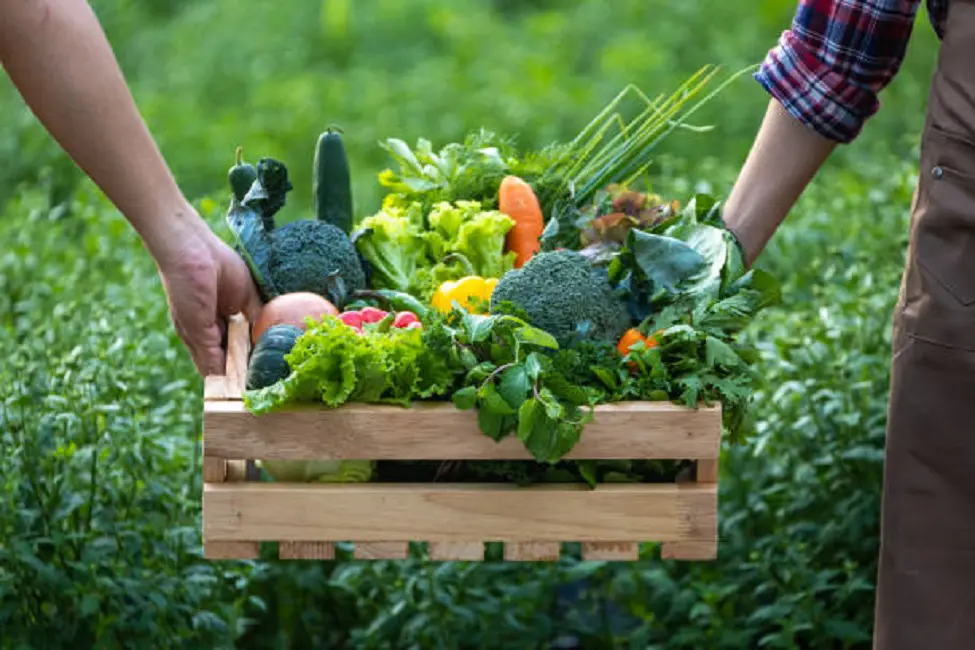Cura celebrates the summer with seasonal foods and encourages our communities and hospitals to embrace a farm-to-table approach using locally sourced ingredients! When you select produce that is in season, you are consuming when it is the freshest, most flavorful, and most nutrient-dense. It is also beneficial as it contributes to a more sustainable and environmentally friendly food system.
There are numerous benefits of eating produce that is in season. Some of the best reasons include:
Better Nutrition
Seasonal produce is harvested at its peak ripeness which means it is higher in nutrient density. Fruits and vegetables allowed to ripen naturally before harvesting tend to have more vitamins, minerals, and antioxidants.
Peak Flavor
Seasonal produce is more likely to have better taste because of when it is harvested. When consuming seasonal fruits and vegetables, it will provide a more enjoyable and satisfying eating experience.
Cost Effectiveness
When seasonal fruits and vegetables are grown locally, there is more of an abundance and there is no need for long distance transporting resulting in lower cost to the consumer.
Sustainable
Eating locally grown produce can help reduce the carbon footprint associated with transportation and can also helps to minimize packaging waste.
Supporting Local Farmers
When you buy local, seasonal fruits and vegetables, you are more likely to support a local farmer and contribute to the local economy. This can help sustain and preserve local agriculture and support local communities.
There are numerous places that you can find produce that is in season. Some of these places include:
Local Farmer’s Market
When you visit your local farmer’s market, you will find current in season produce. When you shop a farmer’s market, you are supporting local agriculture which getting the freshest seasonal produce. You could also potentially speak to the farmer about how the produce was grown and get tips on how to store and prepare it.
CSA (Community Supported Agriculture)
CSA programs allow you to subscribe to a local farm and receive a share of their harvested fruits and vegetables regularly. They offer a variety of in-season produce and some may even offer dairy, meat, and egg products. It is an easy way to support local farmers and eat produce that is in-season.
Grow Your Own
You could start your own garden at home. This will allow you to control what you grow to ensure that your produce is in-season. For small spaces and during the winter months. You may grow herbs, tomatoes, and other produce in containers in your home.
Food Co-ops and Grocery Stores
Look for locally grown signs and labels at member owned food co-ops, health food stores, and grocery stores. These places usually recognize the need to support local too and will bring in seasonal fruits and vegetables from local farms.
What fruits and vegetables are harvested in each season? Here is a list of only SOME of the produce in-season for each season of the year.
SPRING PRODUCE
Asparagus Broccoli
Cabbage Garlic
Kale Lettuce
Mushrooms Peas
Spinach Herbs
Pineapple Lemons
SUMMER PRODUCE
Asparagus Beets
Carrots Corn
Cucumbers Eggplant
Herbs Lettuce
Tomatoes Green Beans
FALL PRODUCE
Brussels Sprouts Cabbage
Arugula Apples
Pumpkins Cranberries
Squash Turnips
WINTER PRODUCE
Apples Avocados
Bananas Beets
Brussels Sprouts Cabbage
Carrots Celery
Resources:
https://www.seasonalfoodguide.org/why-eat-seasonally
https://www.healthline.com/nutrition/seasonal-food
https://elior.sharepoint.com/sites/ena/marketing/bewell



